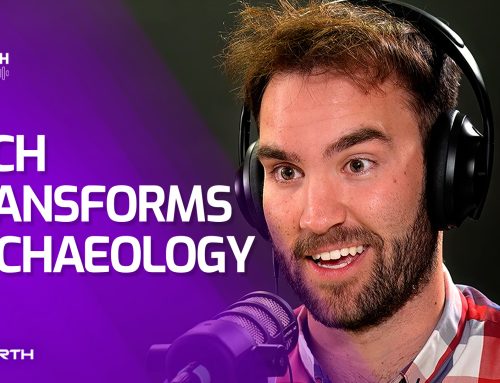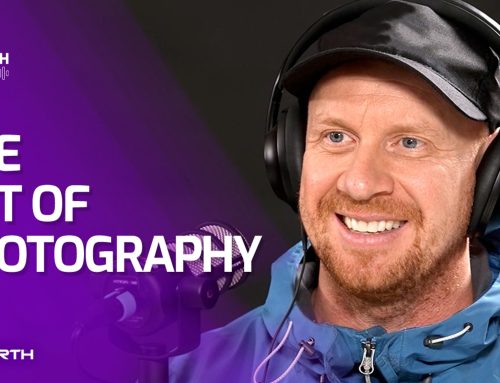
About the author : Rodrigo Branco Matsumoto
Meet Rodrigo, our chief remote pilot here at Sky Perth, where he's been transforming aerial videography into captivating stories for over eight years. At the heart of Rodrigo's work lies a profound passion for both the art of flying and the art of storytelling. This combination has led his work to be featured on platforms like Netflix, Stan, AppleTV+, Disney+, SBS On Demand, and even internationally with ZDF in Germany.
Rodrigo's aerial videography and photography journey is a testament to his dedication to mastering this unique craft. From capturing the vast beauty of Australia's landscapes to the dynamic energy of urban life across the globe, his work offers viewers a fresh, sky-high perspective. It's not just about the technical expertise of handling a drone; for Rodrigo, every flight is an opportunity to tell a story, to reveal the unseen, and to share a new viewpoint with the world.
Renowned for his collaborative spirit and innovative approach, Rodrigo brings more than technical skills to every project at Sky Perth. Whether working on a documentary, a TV series, or a bespoke project, his focus remains on creating visuals that resonate deeply with audiences. His commitment to quality and ability to capture the heart of a story make him a skilled pilot and a storyteller of the skies.
Do you want to know more about Rodrigo? Check his website: rodmatsumoto.com
In the realm of photography and videography, each individual’s journey is unique, fraught with challenges and brimming with rewarding moments. On our latest episode of Sky Perth Talk, we had a chance to delve into the captivating world of car-mounted cinematography with Tim Whitlock. From his humble beginnings to his strides in creating dynamic camera rigs, Whitlock’s experiences serve as valuable insights for anyone passionate about capturing movement.
Whitlock’s fascination with cars and visual storytelling kick-started his journey into photography and videography. His passion led him to build his first camera car, a feat that combined his love for vehicles and cinematography. This initial project played a pivotal role in his career, teaching him the importance of safety measures and practical knowledge in filming.
During filming cars, Whitlock had to tackle the complex task of securing the camera rig to the vehicle. This required technical expertise and an understanding of the car’s dynamics and the camera. His experiences with roof mounting and the memorable projects that resulted from this technique underscore the importance of innovation and problem-solving in the field.
Whitlock’s journey was not devoid of scary moments. Controlling the camera, especially during high-speed shoots, proved challenging. However, these trials only fueled his desire to learn and master his craft. His inspirations ranged from commercials to YouTube videos and films, each medium offering a unique perspective and learning opportunity.
The process of filming cars demanded a unique blend of practical and technical knowledge. From understanding the intricacies of Revved-up TV shows to appreciating the role of drones and camera quality, Whitlock learned the ropes of the industry through hands-on experience.
As he progressed, Whitlock realized the importance of editing and the tools necessary for the task. His proficiency in these areas allowed him to work under pressure, effectively utilizing different cameras to deliver the desired result. He also appreciated the industry’s new colour profile and popular cameras.
Whitlock’s journey is a testament to the importance of skill over equipment. It emphasizes that the key to success in photography or cinematography lies in planning, adopting odd lighting techniques, and fostering creativity. It also underscores the role of motivation and discipline in creative work.
Today, Whitlock stands as a beacon for those entering the field. His advice to beginners emphasizes the importance of practical knowledge, planning, and creative lighting techniques. He believes that passion, discipline, and continual learning are the cornerstones of success in this industry. As he continues to inspire and guide others in their journeys, Whitlock’s story serves as a powerful testament to the beauty and challenges of car-mounted cinematography.



